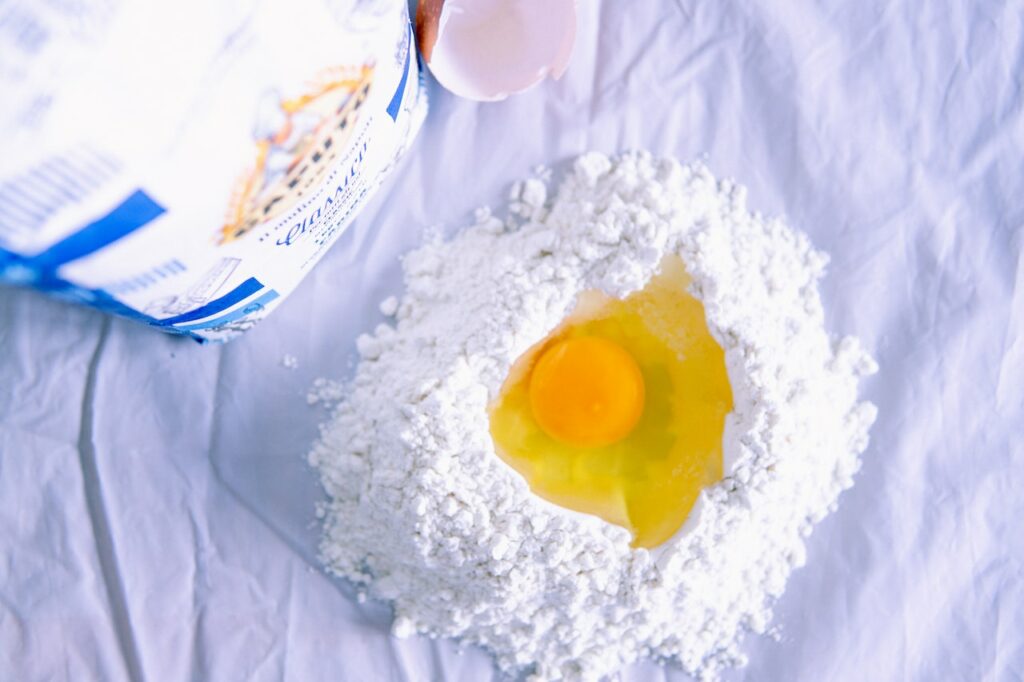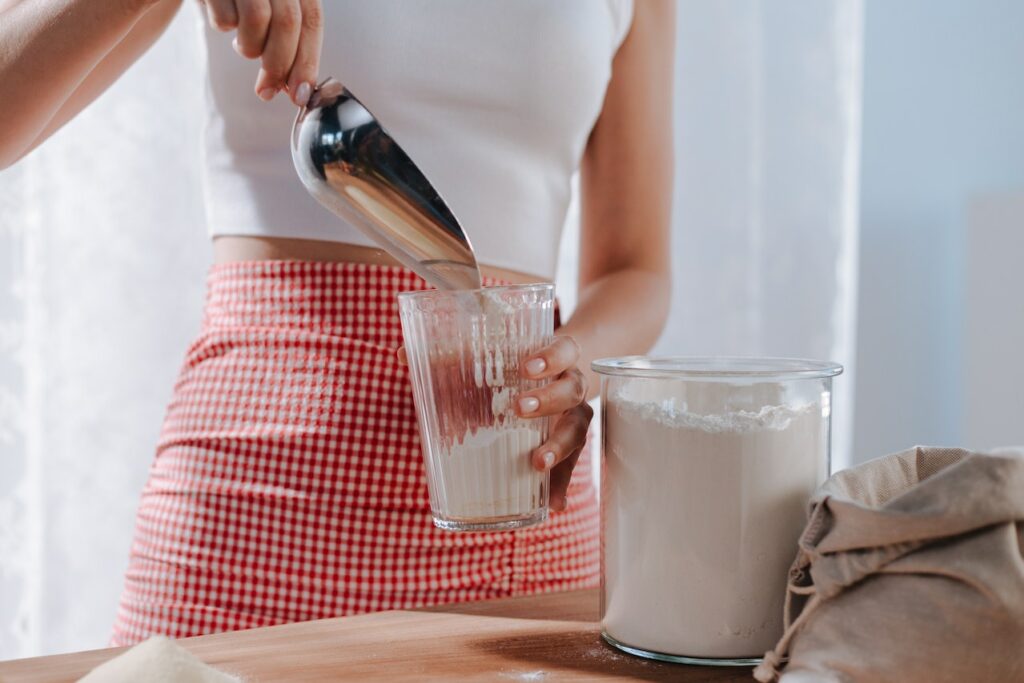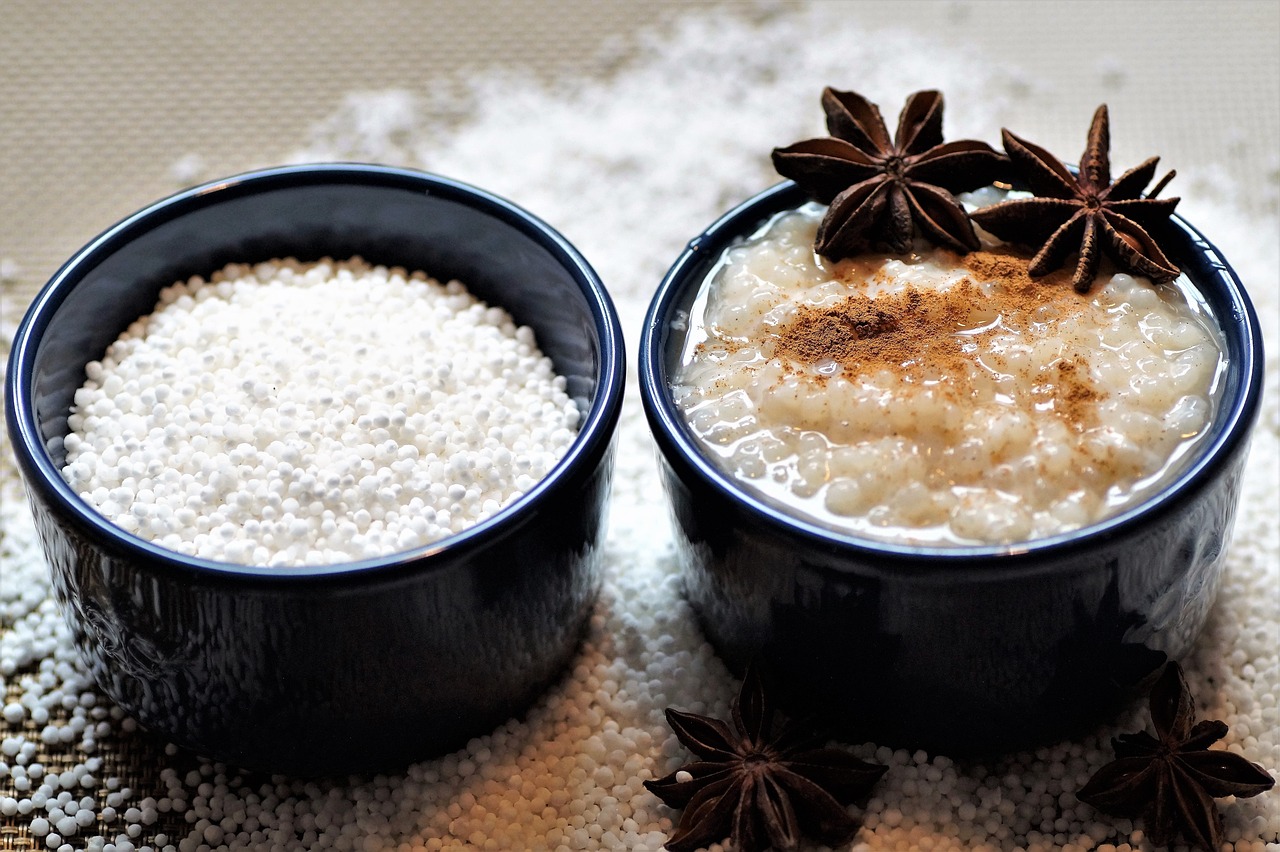What is tapioca flour? Tapioca flour, also called tapioca starch, is produced from the root of the yucca plant. It’s a staple ingredient in many South American dishes. And it has gained popularity in the US as a gluten-free replacement for traditional flour.
This article will explore what tapioca flour is and how it differs from other types of flour. We’ll also touch on how to store this unique and handy ingredient.
What Is Flour?
With numerous varieties available, flour has multiple uses. In short, it’s a powdery substance produced when grains, legumes, nuts, or others are ground.

The refining and milling process influences the size of the flour granules. As such, some flour is incredibly fine, while others might be coarse.
Flour is an essential component when producing baked goods, including bread, pasta, pastry, cake, and more. Some of the most common types of flour include all-purpose, cake, bread, self-rising, pastry, and whole wheat flour.
Most flour varieties are derived from wheat grain and, therefore, contain gluten. However, there are many gluten-free options on the market these days. They include almond, chickpea, and tapioca flour.
What Is Tapioca Flour?
Have you been wondering: What is tapioca flour? If so, this section will shed more light on the topic.
Tapioca flour is derived from the roots of the yucca plant, also referred to as the cassava plant. The cassava root is pounded to a pulp before it’s squeezed to remove excess liquid.
When dried, what remains is an ultra-fine white powder. This is tapioca flour and is 100% starch. This unusual flour delivers a relatively bland taste and has a light, fine texture.
It’s often used as a thickening agent in recipes and can act as a binding agent in many instances. Tapioca flour can stand alone as a great gluten-free flour. But you’ll typically find it in gluten-free flour combined with other gluten-free options like almond and rice flour.
Tapioca flour can be used in all manner of baked goods, including bread, pancakes, waffles, pastries, and more.

How To Store Tapioca Flour
It’s rare for starches like tapioca flour to go bad. However, your packaging will still stipulate an estimated expiry date, which you should probably adhere to.
That said, tapioca flour will last for about a year when stored in the pantry. It will likely be good for many years should it be stored in the fridge or freezer. But remember to always store your flour in a sealable container or bag for the best results.
Conclusion
If you’re looking for a gluten-free replacement for regular flour made from wheat, tapioca flour is a great option. It has a neutral taste and light texture, making it perfect for baked goods like bread, pancakes, and waffles.
Tapioca flour is also ideal as a thickening agent in sauces, soups and stews. And you can store it to keep it on hand for an incredibly long time. Knowing this, and everything covered in this article, is essential when answering the question, “What is tapioca flour?”.
